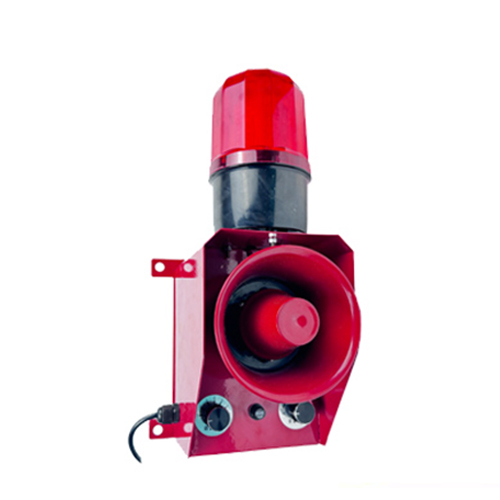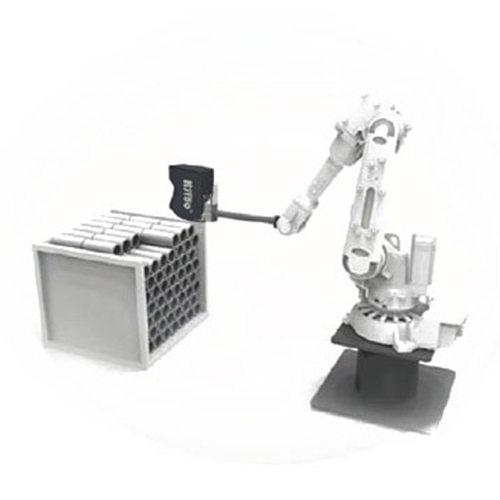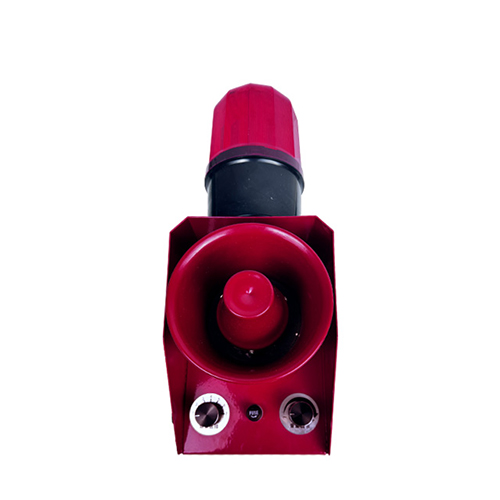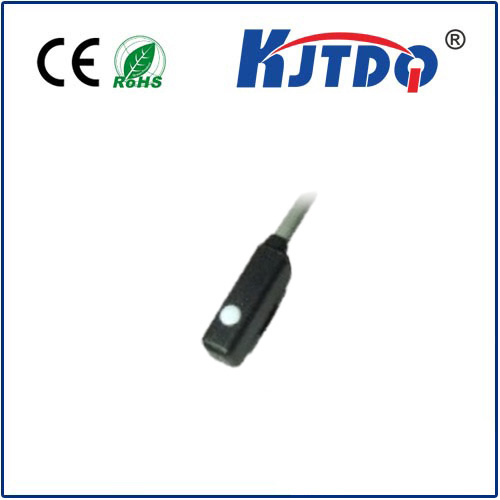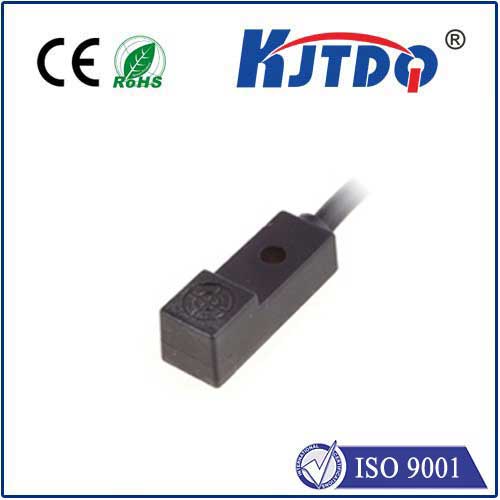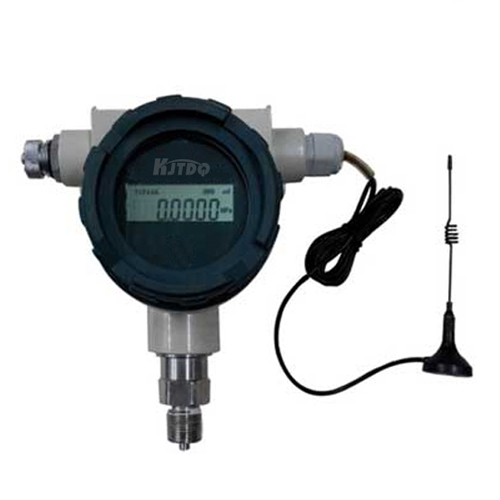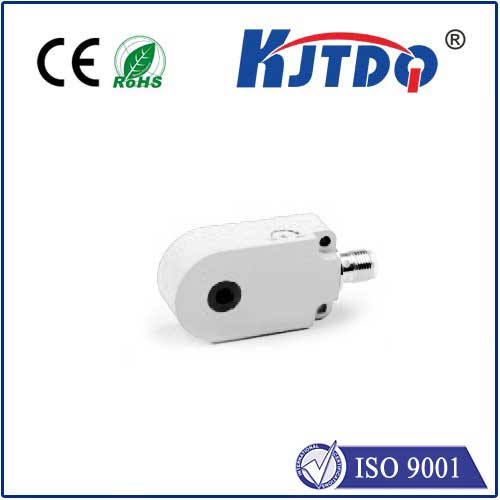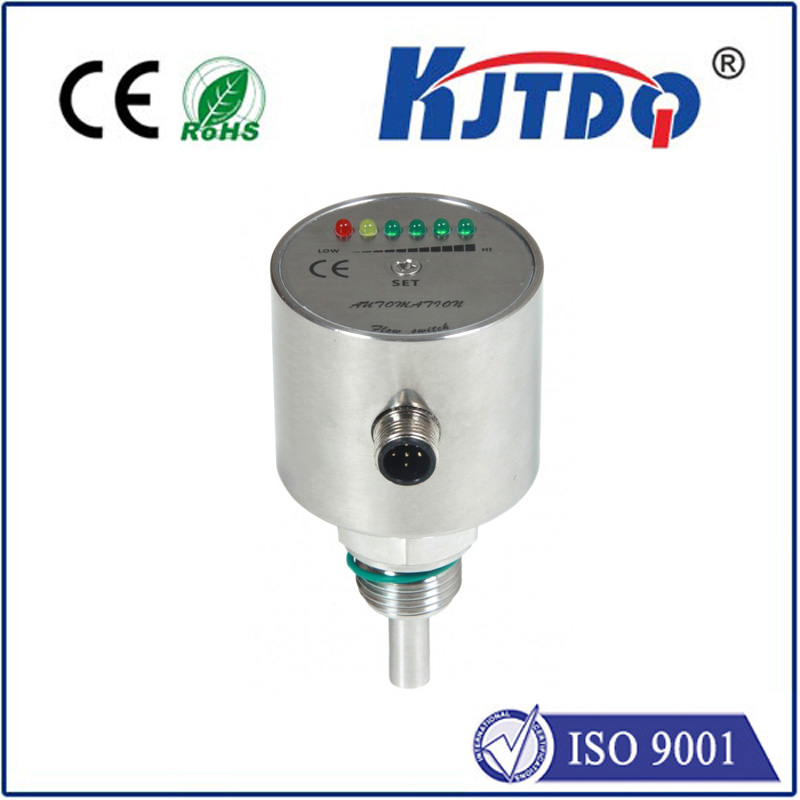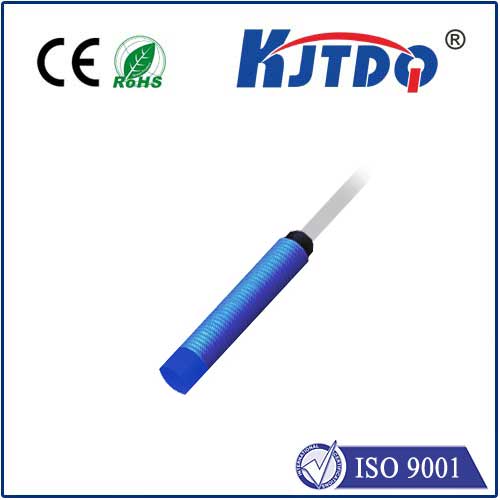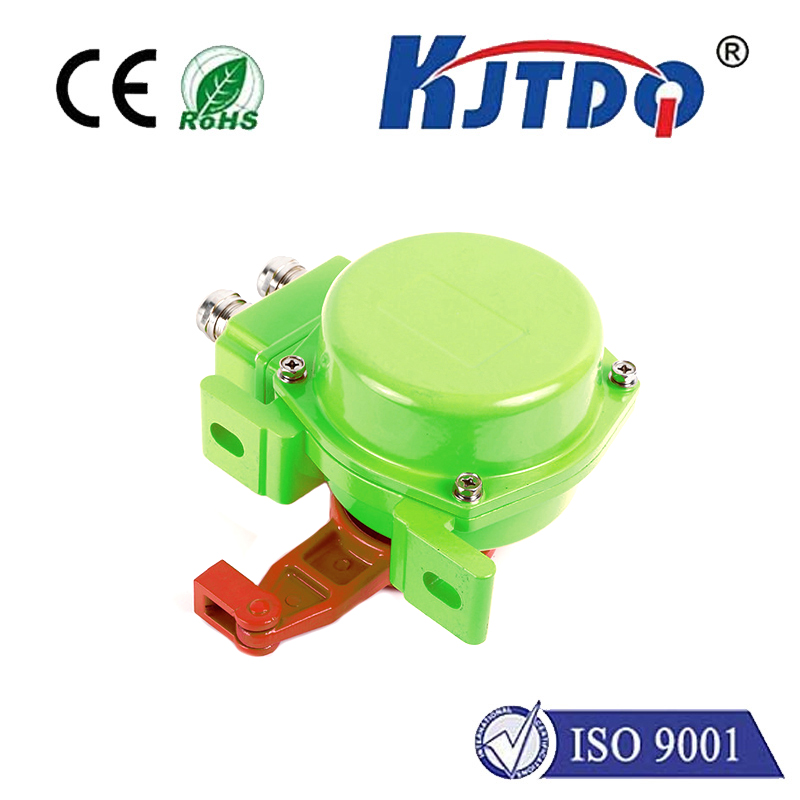ограничитель поворота крана
- time:2025-08-06 14:14:20
- Нажмите:0
Rotary Limit Switches: The Unsung Guardians of Hoist Safety & Precision
Imagine a massive crane hoisting steel beams high above a construction site, or a warehouse gantry delicately placing pallets onto racks. Now, picture the potential disaster if that lifting device didn’t know where to stop – ascending too high, crashing into structures, or descending uncontrollably. Preventing these catastrophic scenarios hinges on a critical, often overlooked component: the ограничитель поворота крана systems. These precise, rotation-sensing devices act as the definitive “stop” and “start” commands for hoists, cranes, and winches, ensuring operational safety, protecting equipment, and enabling accurate load positioning.
Beyond Simple On/Off: Understanding the Role
At its core, a rotary limit switch is an electromechanical device designed to monitor the rotational movement of a shaft. In hoist applications, this shaft is mechanically linked to the hoist’s drum or gearbox. As the drum rotates to spool wire rope in or out, lifting or lowering the load, the switch’s shaft rotates proportionally.
The genius lies in its ability to translate this rotary motion into precise electrical signals. Inside the switch housing, a precision gear train reduces the input rotation to drive a control camshaft. This camshaft actuates hermetically sealed microswitches (or increasingly, robust proximity or encoder sensors) at pre-determined rotational angles. Each cam position corresponds to a specific point along the hoist’s travel path – typically the Upper Limit, Lower Limit, and often intermediate points for slowdown zones or other control functions.
Why Hoists Demand This Precision Control

The consequences of a hoist exceeding its safe travel limits are severe:
- Catastrophic Failure & Damage: Over-hoisting can cause the hook block to collide with the boom or structure, potentially snapping the wire rope or damaging the hoist mechanism itself. Over-lowering can dump the load uncontrollably or cause rope slackness leading to dangerous tangles or “birdcaging”.
- Personnel Safety Hazard: Uncontrolled movement or falling loads pose an immense risk to workers in the vicinity. Upper and lower limit switches are fundamental safety devices mandated by codes like OSHA and ASME B30 standards.
- Operational Downtime & Cost: Any collision or failure results in costly repairs, potential fines, and significant operational delays. Over-travel protection prevents this.
- Lack of Precision: Manual control alone cannot guarantee consistent stopping points, crucial for tasks like automated assembly lines or precise material placement.
A correctly installed and calibrated rotary limit switch eliminates these risks by providing fail-safe position sensing directly tied to the hoist’s drum movement, independent of potential rope stretch or slippage.
Key Features & Advantages for Hoist Applications
Not all limit switches are created equal. Rotary limit switches designed for demanding hoist environments offer specific advantages:
- Direct Drum Coupling: Mounting the switch directly to a rotating part of the hoist (drum shaft, gearbox output shaft) via flexible shafts or couplings provides true position feedback based on rope spooling, unaffected by external factors like swaying loads or structural deflection. This is far superior to linear limit switches mounted on the trolley or bridge structure.
- High Precision & Repeatability: Precision gear trains and robust construction ensure the switch activates at exactly the same point every time the hoist reaches a specific height or depth, enabling reliable hoist positioning cycle after cycle.
- Robustness & Longevity: Engineered to withstand vibration, shock, dust, moisture, and wide temperature fluctuations common in industrial settings. High-quality hermetically sealed contacts or solid-state sensors resist contamination and corrosion.
- Multiple Switching Points: A single rotary limit switch can control several functions (e.g., upper limit stop & emergency cutoff, lower limit stop, slowdown before limits). This reduces complexity and cost compared to multiple discrete switches.
- Programmable Flexibility: Many modern rotary cam limit switches feature easily adjustable cams or even digital positioning (absolute encoders), allowing quick on-site reprogramming of switch points without mechanical disassembly.
- Fail-Safe Configurations: Switches are typically wired into the hoist’s control circuit so that opening the contact (when tripped) breaks the power to the lift or lower motor contactor, ensuring the hoist stops even if control voltage is lost.
Selecting the Right Rotary Limit Switch: Key Considerations
Choosing the optimal switch requires careful evaluation:
- Resolution & Accuracy: Determined by the gear ratio and sensor type. Higher ratios provide finer control (e.g., distinguishing inches or centimeters of travel). Absolute encoders offer high precision and instant position awareness on power-up.
- Torque Requirements: The switch must be able to overcome the resistance of its gear train and sensors when driven by the hoist shaft coupling.
- Environmental Rating (IP/NEMA): Critical for protection against dust (common in warehouses, mines) and water ingress (outdoor cranes, washdown areas). Look for ratings like IP65, IP66, IP67, or NEMA 4, 4X, 13.
- Number and Type of Contacts: How many limits or slowdown zones are needed? Will it control DC or AC motors? What current/voltage ratings are required? Heavy-duty contacts are essential for inductive motor loads. Magnetic pickup sensors offer long life for position-only signals.
- Mounting & Coupling: Compatibility with the hoist’s shaft size, available space, and coupling type (flexible shaft, chain sprocket, direct flange mount).
- Durability (Mechanical Life): Industrial hoists demand switches rated for millions of cycles. Look for robust materials and proven designs.
Installation & Calibration: Precision is Paramount
Proper installation and calibration are as critical as selecting the right switch:
- Secure Mounting: Vibration can damage switches and cause false signals. Mount rigidly on the hoist frame.
- Correct Shaft Coupling: Use the specified flexible coupling and ensure minimal misalignment to prevent binding or premature wear. Protect coupling shafts from impact.
- Cable Management: Secure cables properly to avoid snagging or strain on connections. Use conduit or flexible cable carriers where necessary.
- Initial Calibration: This is crucial. Cycle the hoist slowly to each desired limit position. Adjust the corresponding cam position (or set the digital position value) so the switch activates just before the hoist reaches the physical endpoint. Always establish a small safety buffer beyond the switch activation point. Test activation at full speed.
- Regular Verification: Include switch function checks in routine hoist maintenance and inspections. Confirm activation points haven’t drifted due to coupling wear or mechanical issues.
Beyond Basic Limits: Advanced Applications
While primary safety limits are their core function, rotary limit switches enable more sophisticated hoist control:
- Multi-Speed Control: Activating slowdown zones before reaching the hard limits allows smoother deceleration, reducing mechanical stress and load swing.
- Zone Control: Defining specific height zones for different operations or automated processes within the hoist’s full travel range.
- Position Feedback: Switches with encoder outputs (rotary position encoders) provide continuous position data for sophisticated PLC-based control systems, enabling automated

